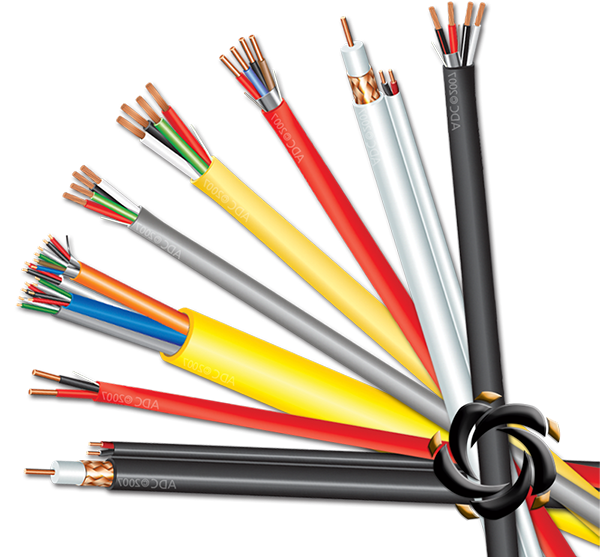In long-distance applications, attenuation is one of the most important factors affecting signal transmission performance. For the Standard Shield 75 Ohm Coaxial Cable, attenuation increases proportionally with cable length and frequency. Attenuation at 100 MHz may range between 5 to 10 dB per 100 meters, while at frequencies above 1 GHz, attenuation can exceed 30 dB. This becomes critical when dealing with digital TV signals, broadband internet, or HD video transmissions, where maintaining signal strength is essential. A 10 dB loss represents a significant weakening of signal power, and in a cable run exceeding 100 meters, without proper compensation or amplification, users may experience pixelation, lag, signal dropout, or complete failure in signal detection, especially in high-frequency systems. Therefore, understanding the frequency spectrum of the application is vital when assessing whether a Standard Shield 75 Ohm Coaxial Cable is appropriate for long runs.
The Standard Shield 75 Ohm Coaxial Cable employs a single layer of shielding, either a braid (often 60–80% coverage) or a foil. While sufficient for short to moderate distances, single-layer shielding is less effective at rejecting electromagnetic interference (EMI) and radio frequency interference (RFI) in long installations, particularly in environments with high electrical noise. Over distances beyond 100 meters, the cumulative exposure to external interference increases, and insufficient shielding can result in higher noise floors, degraded signal-to-noise ratios (SNR), and overall performance loss. In professional environments like data centers, broadcast installations, or industrial facilities, where EMI is prevalent, a quad-shield or foil-braid combination cable is usually preferred. When using Standard Shield cables, mitigation strategies such as physical separation from power lines and the use of grounded conduit become necessary to preserve performance in long runs.
For long cable runs, particularly those exceeding 100 meters, signal loss can often be addressed with the use of inline signal amplifiers or active repeaters. These devices are placed at intervals (typically every 80 to 100 meters) to boost the signal and counteract attenuation. In TV distribution systems, broadband networks, or satellite reception setups, these boosters can restore signal strength to acceptable levels and preserve the integrity of video and data transmission. It is essential, however, to choose amplifiers that match the frequency range and impedance (75 ohms) of the coaxial cable system. Improper amplifier selection or placement may result in signal distortion, increased latency, or impedance mismatches. Power insertion loss must be considered, especially in PoC (Power over Coax) systems where the same cable is used to deliver both signal and power.
Higher frequencies suffer greater attenuation over distance. For instance, a signal at 2.4 GHz will attenuate significantly more than a signal at 100 MHz over the same length of cable. The Standard Shield 75 Ohm Coaxial Cable becomes less effective at preserving signal integrity at frequencies above 1 GHz, which are commonly used in satellite TV (950–2150 MHz), DOCSIS 3.1 internet systems, and HD-SDI video transmission (up to 3 GHz). Beyond 100 meters, without a low-loss cable or active equalization, high-frequency signals will often arrive distorted or too weak to be processed. In these cases, users may need to switch to a lower-loss cable type, such as RG-11 (which has thicker dielectric and lower attenuation), or install line equalizers that compensate for high-frequency roll-off.
Maintaining a consistent impedance of 75 ohms throughout the entire cable run is vital to avoid voltage standing wave ratio (VSWR) issues. In long runs, even small impedance mismatches—due to poor quality connectors, improper crimping, or damaged cable—can cause signal reflections and standing waves. These reflections not only reduce signal strength but can also damage sensitive equipment such as tuners, amplifiers, and modems. High-quality Standard Shield 75 Ohm Coaxial Cables are designed to maintain a consistent impedance, but in extended runs, careful attention to termination quality, connector compatibility, and installation technique becomes even more critical.
















